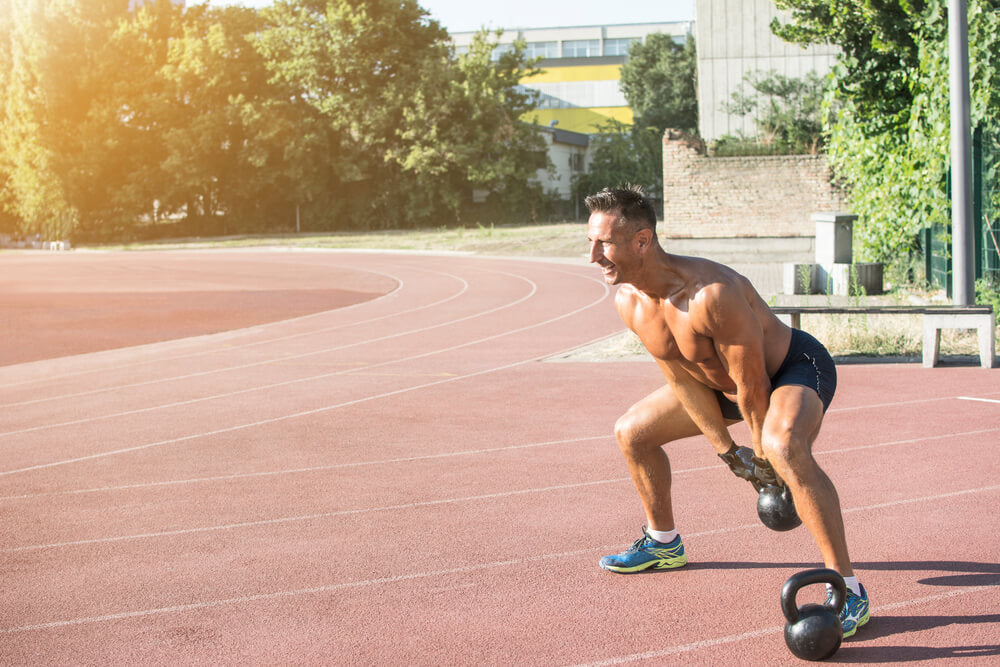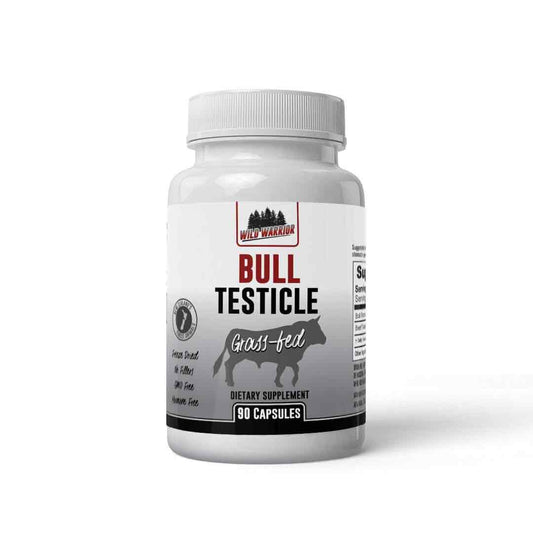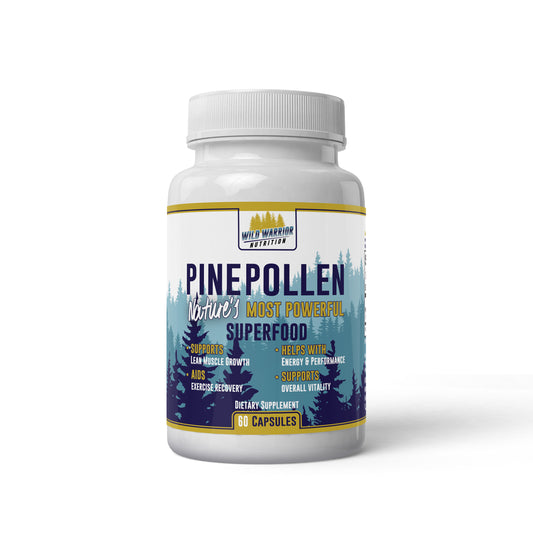As we grow older, our bodies begin to look and feel different. This is a natural progression, but that doesn’t mean we shouldn’t take steps to maintain and improve our health. By the age of 50, our body begins to decline in a number of ways; notably, our heart rate begins to lower with each passing year. HIIT has been lauded as an efficient way to improve cardiovascular health, in addition to other components of health and fitness.
If you’d like to take control of your health after you’ve hit the 50 mark, you need to try HIIT.
What is HIIT?
High-Intensity Interval Training (HIIT) is a type of workout in which you engage in periods of intense, high-effort exercise to raise your heart rate, followed by a short recovery period. You repeat this pattern for a specific number of intervals, typically amounting to an average of 30 minutes per workout.
HIIT is easily adapted to ensure it meets each individual’s fitness goals and level. It isn’t a specific type of exercise, but rather a framework that you can apply to a variety of workouts. This means it can be done anywhere, from your home gym to the local park.
According to the Harvard School of Public Health, HIIT has a range of additional benefits other than improved cardiovascular health, including:
- Increased strength and stamina
- Weight loss and management
- Boosted metabolism
- Decreased blood pressure and sugar
- Improved mood and reduced depression
- Time efficiency
HIIT Workouts For Men Over 50
Sprints
Running is a great way to stay fit and extend your lifespan. A study published by ScienceDirect shows that runners, on average, tend to live longer. As you begin to age, this tool for longevity becomes a worthwhile consideration. It’s also convenient and accessible to everyone; if you don’t have access to a treadmill, you can simply find a field or good route around your neighborhood.
Start off with a slow jog to warm up for a few minutes, and then up the intensity by breaking out into an intense sprint for 60 seconds. Return to a jog or slow walk for a brief recovery period (30 seconds to 1 minute) before pushing yourself to run as fast as you can once again. If you want to up the intensity, run up a hill or simply adjust the incline on your treadmill.
Weight Training
As we get older, our muscle mass starts to decrease significantly. This can have serious consequences as we become more prone to fractures and falls. Sarcopenia is an age-related disease characterized by a loss of muscle mass and strength that affects a significant percentage of the aging population. A study published in Clinical Interventions in Aging suggests that HIIT may be an effective treatment for this disease due to its effects on improving muscle mass and strength in older people.
Weight training is targeted at building and maintaining muscle mass, which is increasingly important as you cross the 50s threshold. This kind of training already has the elements of a HIIT workout, as you pour all of your strength and energy into a set before resting and repeating. If you already practice weight training, all you have to do is decrease your rest period between sets—instead of two- or three-minute breaks, try to shorten it to under one minute.
As you get used to HIIT, you can decrease the amount of time you need to rest to 10–15 seconds. You should target each muscle group for a holistic workout, but bear in mind that you should decrease the amount you’re lifting when increasing the intensity.
Cycling
Whether you’re cycling on a regular route or using a stationary bike, HIIT can be incorporated. Cycle as fast as you can for thirty-second intervals, with 90 seconds of light peddling for rest. If you’re on a stationary bike, make sure you set some light resistance. Before you start, warm up with 10–15 minutes of light cycling to get your body prepared for the hard workout ahead.
Cycling regularly will improve your cardiovascular health and increase muscle strength and flexibility—it’s no wonder that it’s amongst the most popular forms of exercise.
Swimming
If you’re a strong swimmer, then incorporating HIIT will leave you with an incredible full-body workout that’s especially great for cardiovascular health. It’s also low impact, which makes it great for older adults who need a workout that’s gentler on the joints.
If you’re looking for a good fat burner, you’ll see results quickly with high-intensity swimming. All you have to do is spend 30 minutes in the pool each day and do 15–30-second intervals of intense swimming; your rest periods should be one minute to 90 seconds.
Tabata Training
Tabata training is a type of HIIT that follows a specific structure—20 seconds of intense exercise followed by 10 seconds of rest, repeated for a total of 8 rounds. All in all, that’s just a 4-minute workout, and you can adapt it to any type of exercise you’d like.
Getting Started With HIIT
HIIT is an excellent way to increase your fitness when you’re 50+, but men of all ages stand to benefit from this exercise framework too.
Make sure you listen to your body and its needs and stay optimally hydrated throughout your workouts. HIIT workouts should be challenging, but make sure you adjust the intensity within your comfort zone to avoid the risk of injury and overexerting your body. HIIT is not recommended as a daily form of exercise, so take rest days in between to allow your body to recover. On these days you can do gentle exercises like yoga, or go for a walk or leisurely swim. Rest doesn't have to mean being totally inactive.
It’s also important to maintain the correct form throughout your workouts to avoid injury. If you’re new to high-intensity training, enlisting a personal trainer can help. You can also join a HIIT class, which is a great way to stay motivated and accountable on your fitness journey.
It’s always a good idea to consult your primary healthcare provider before you begin any new training regime. This is especially important if you have any injuries or preexisting health conditions, particularly those that concern your cardiovascular health.
While regular exercise is key to maintaining good health, you should take a holistic approach to your physical well-being. Maintaining a balanced diet and getting regular check-ups is equally important, especially as we age.





